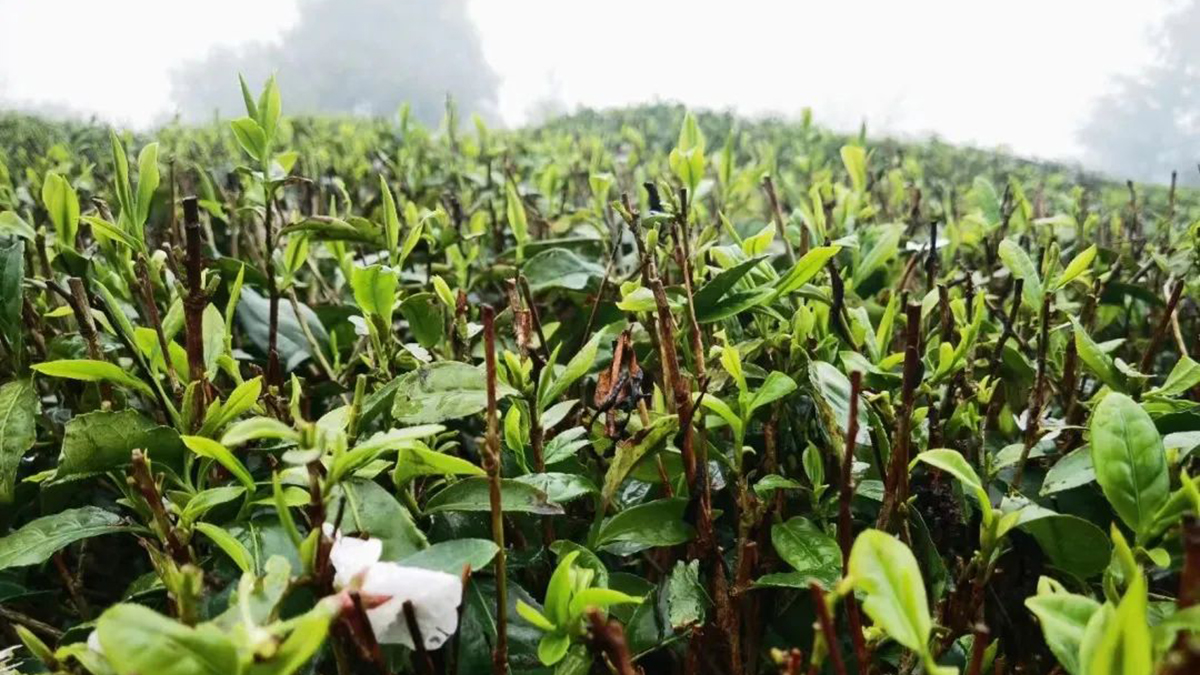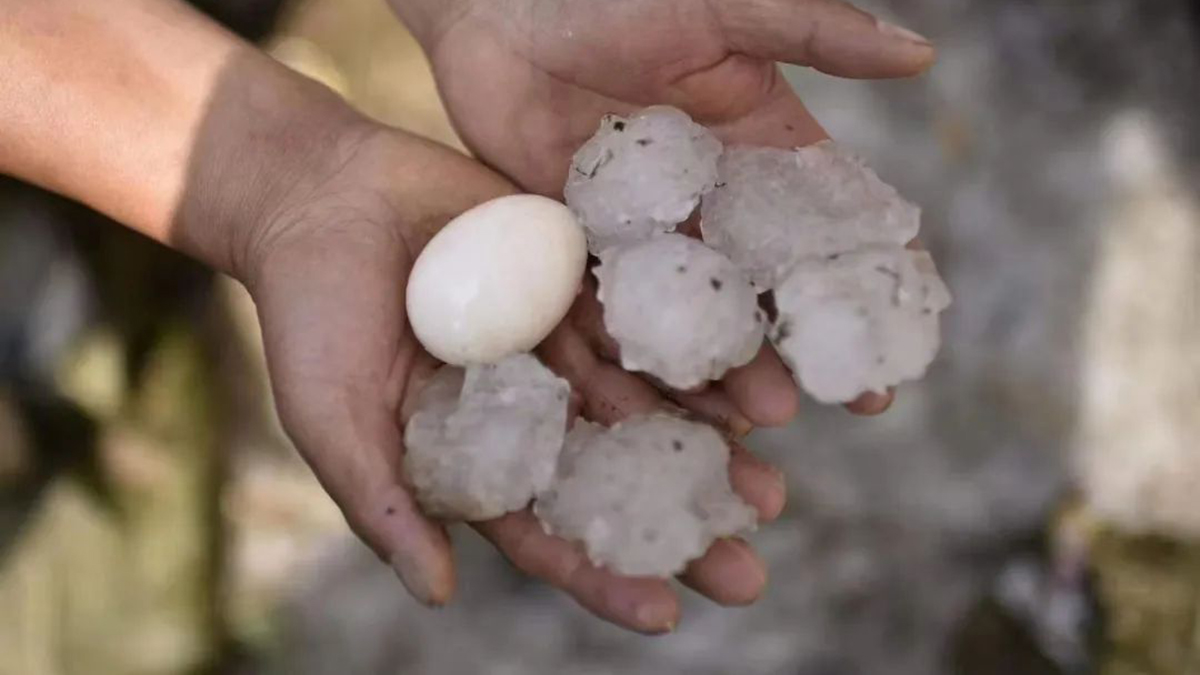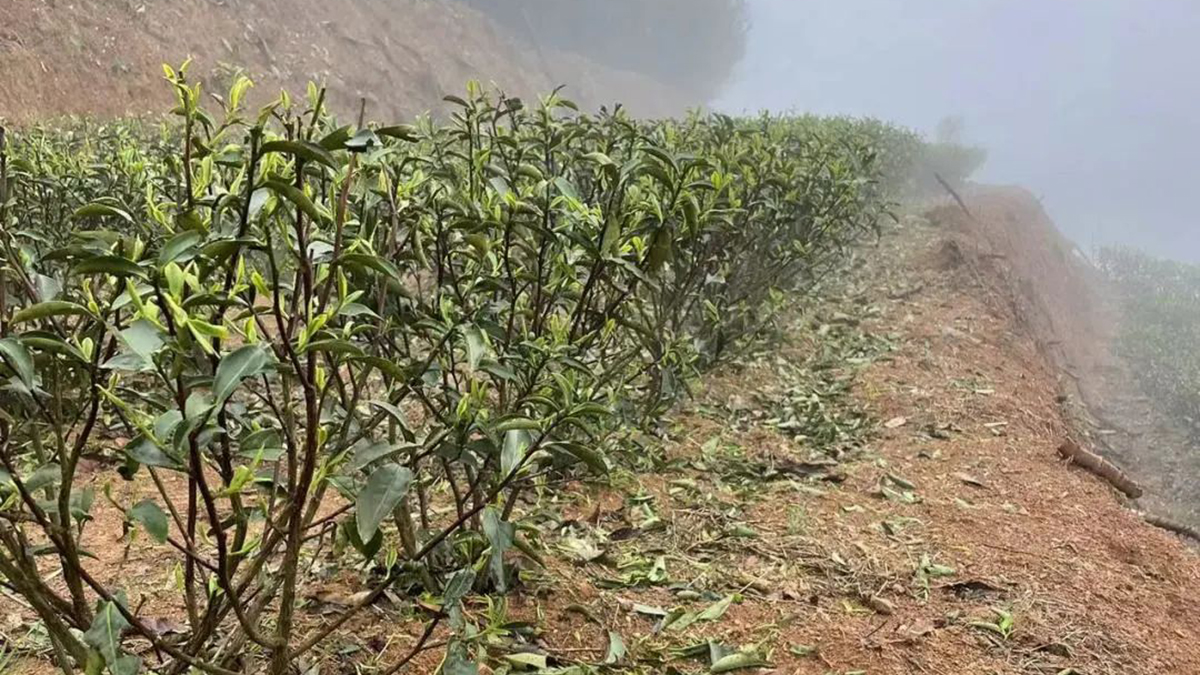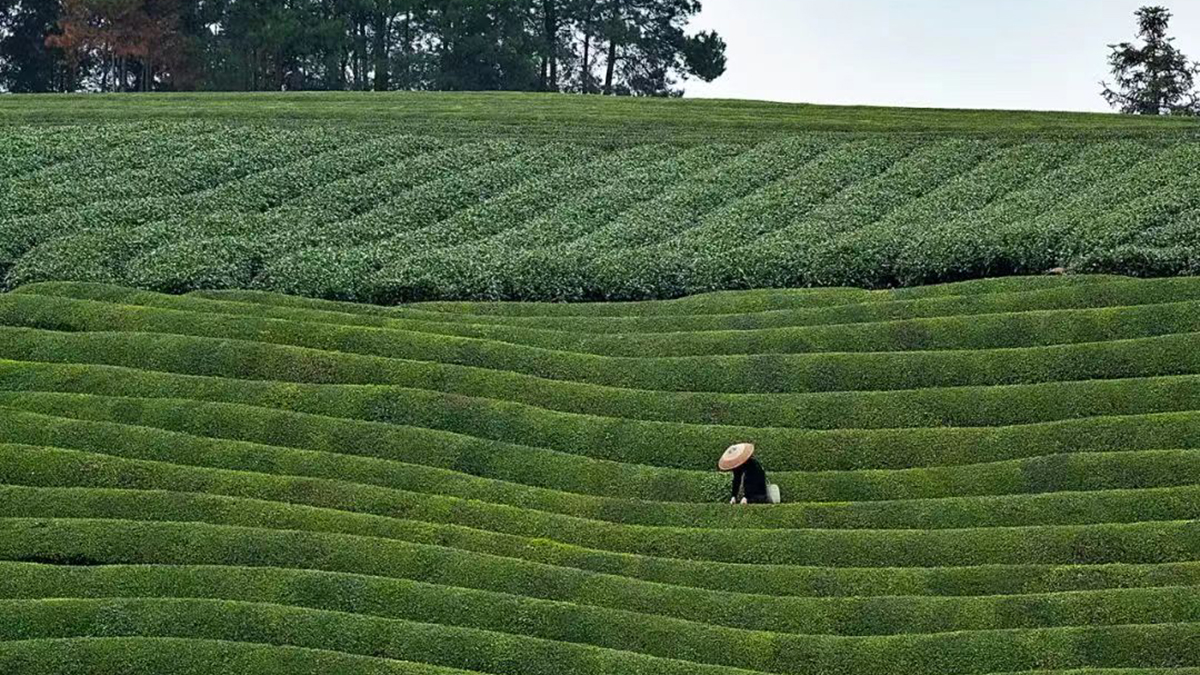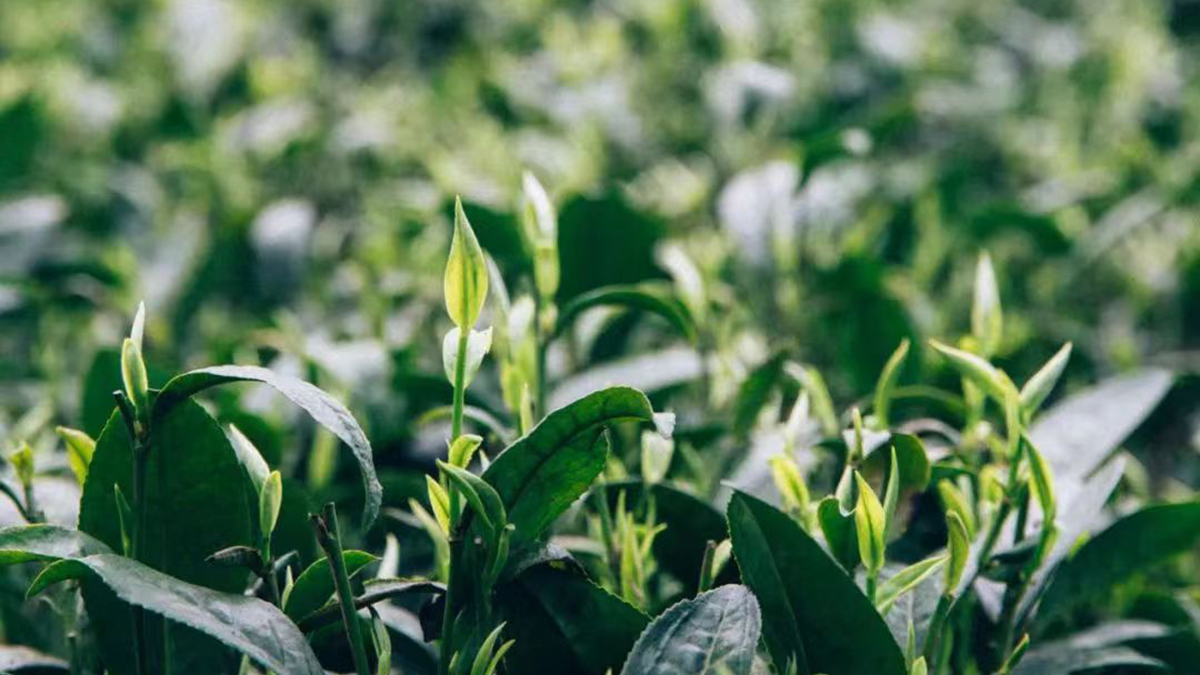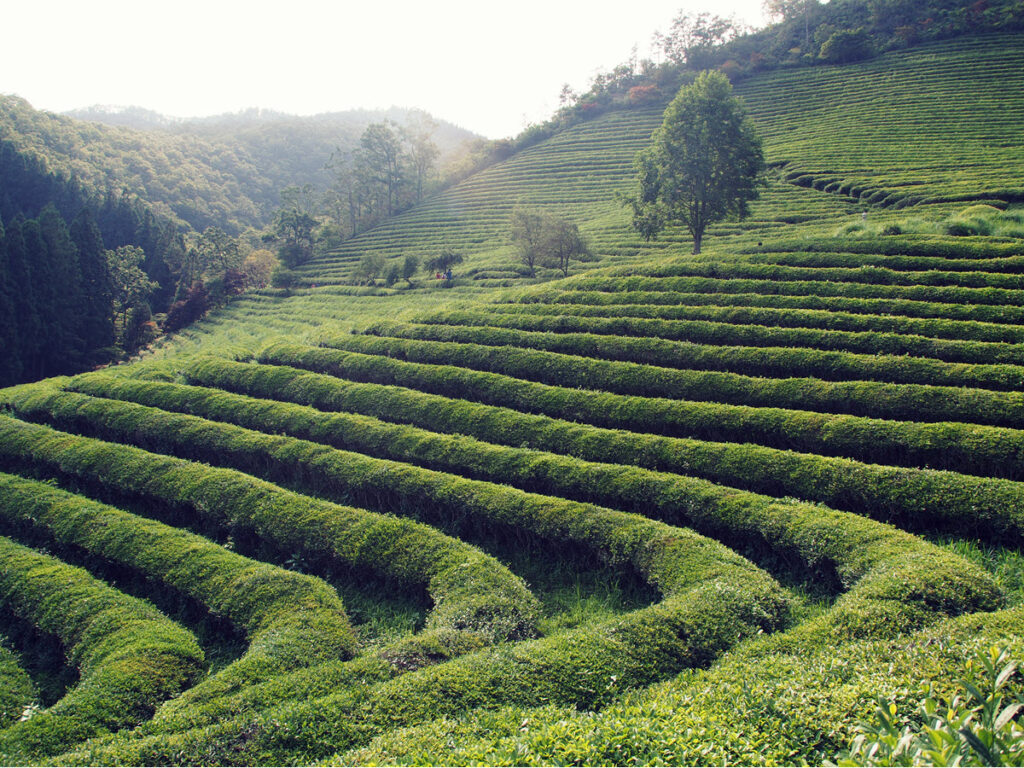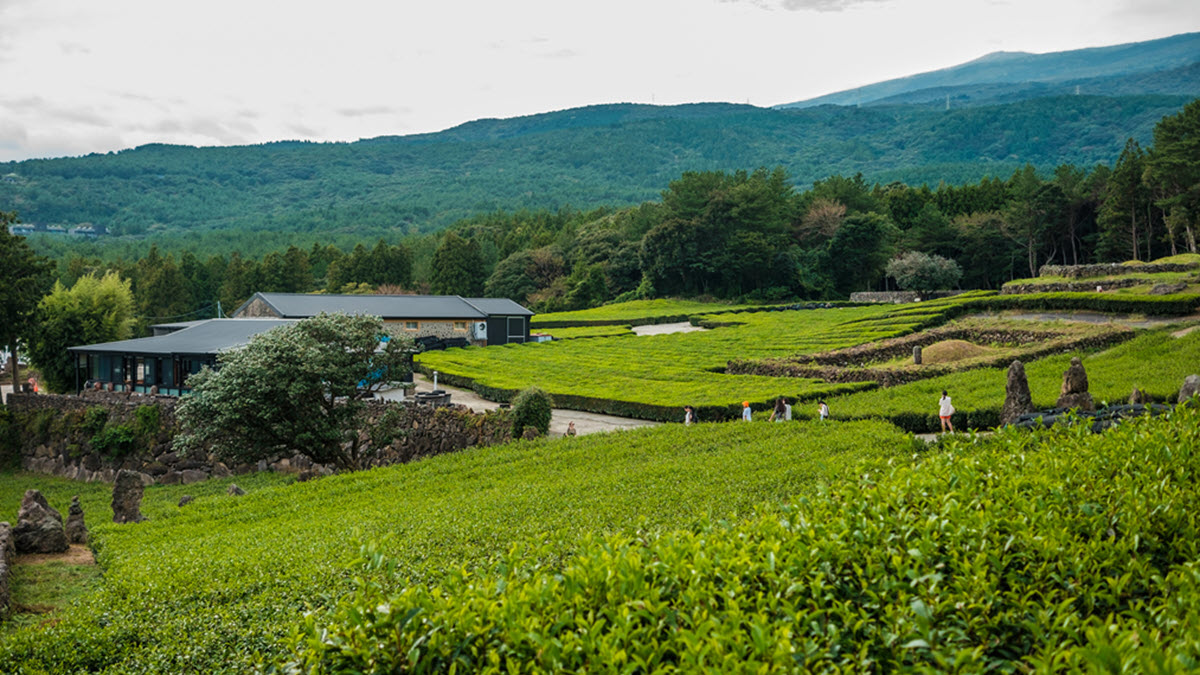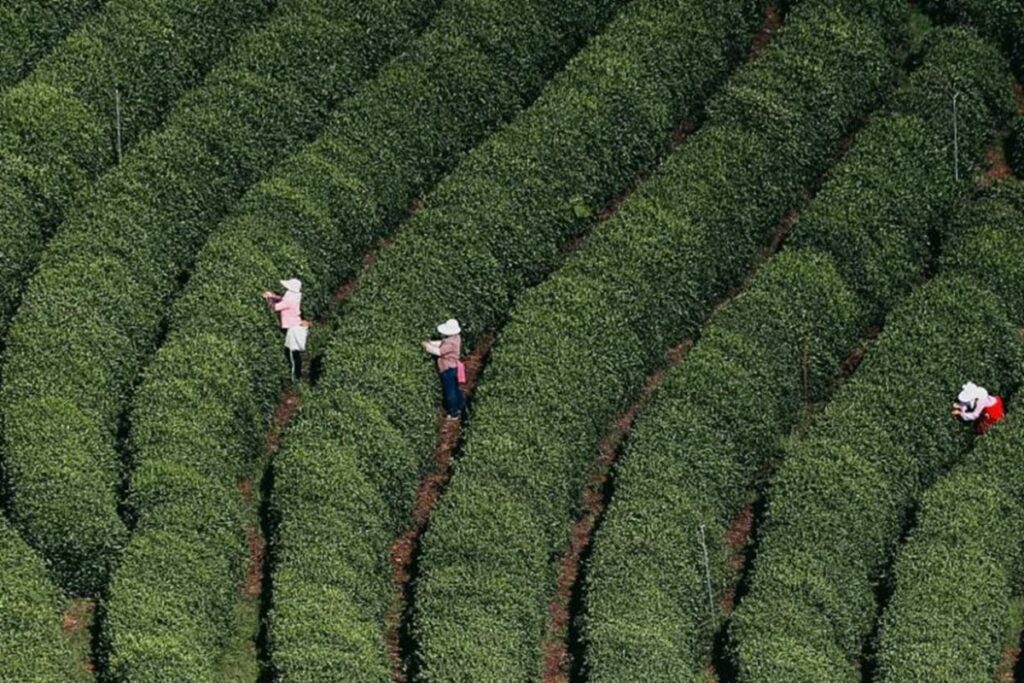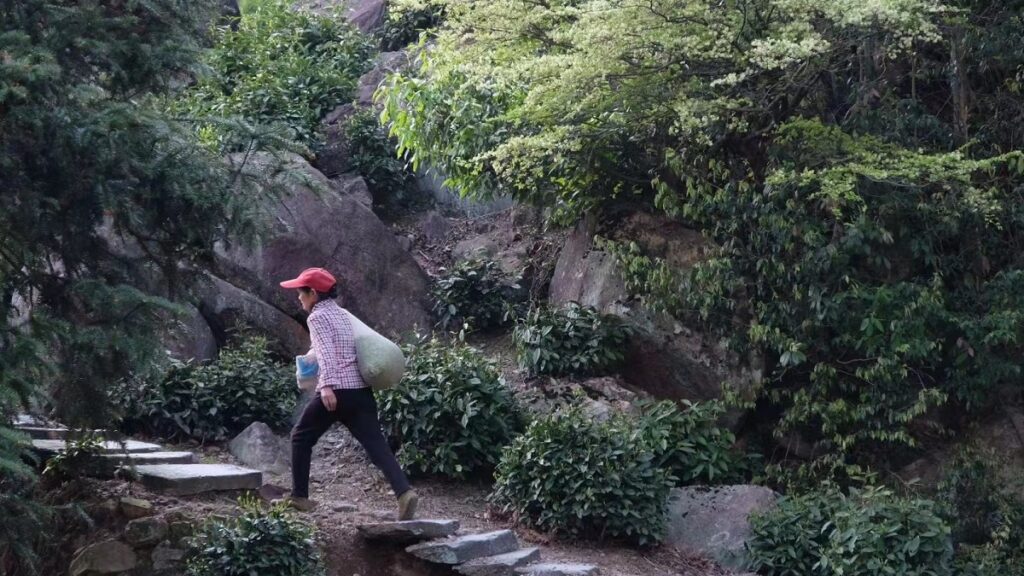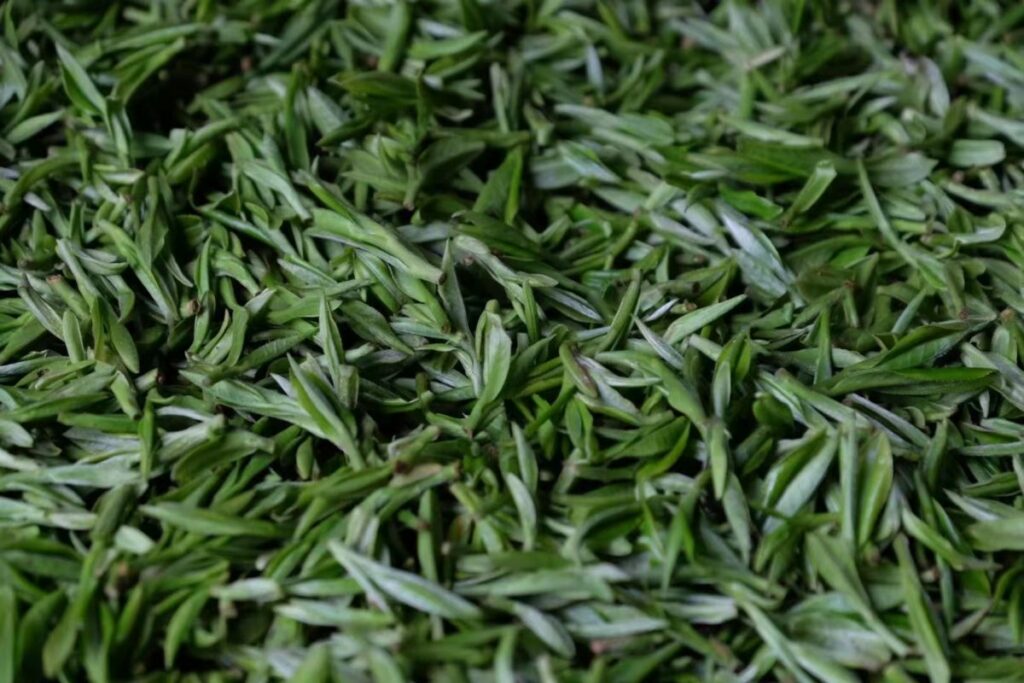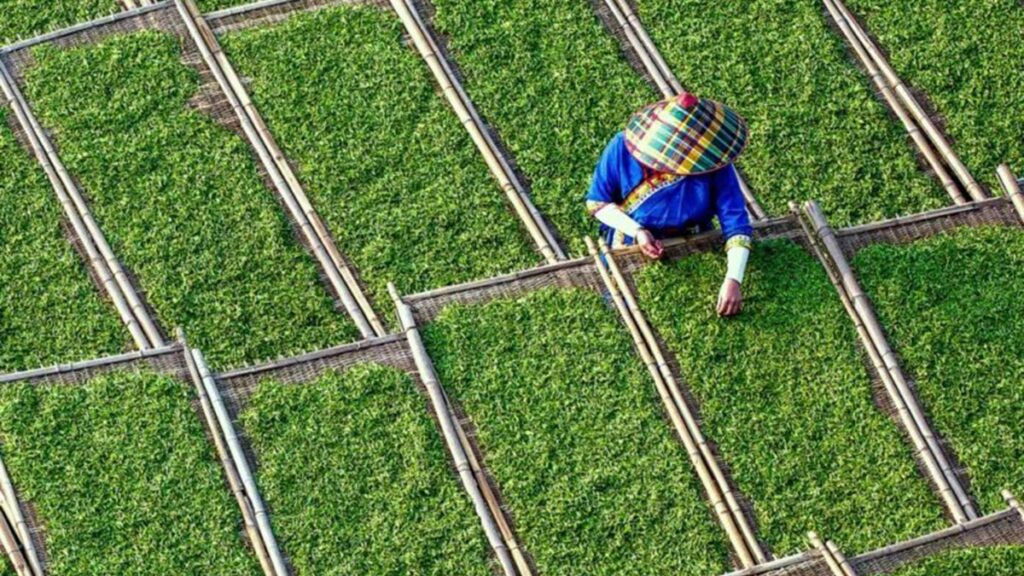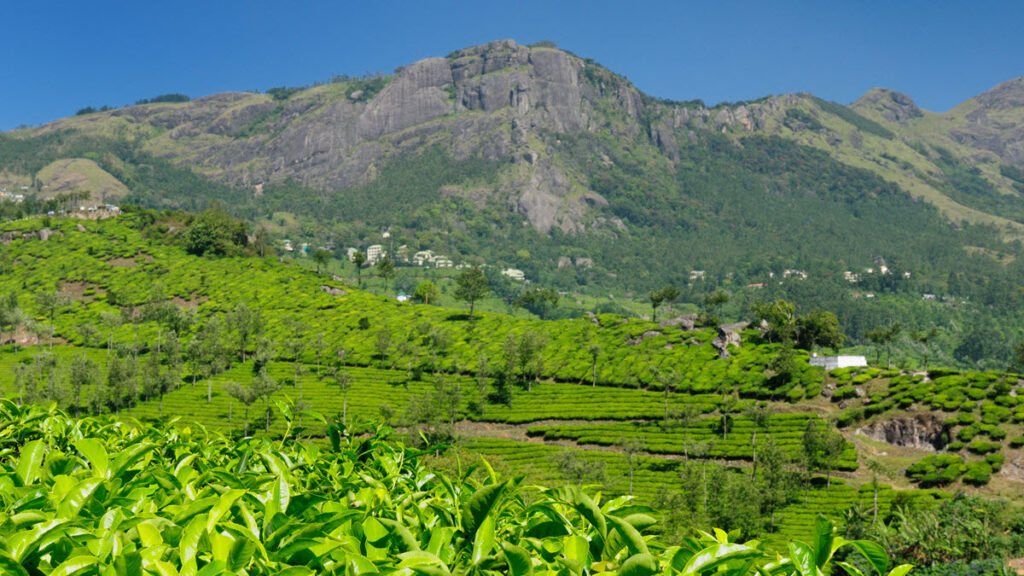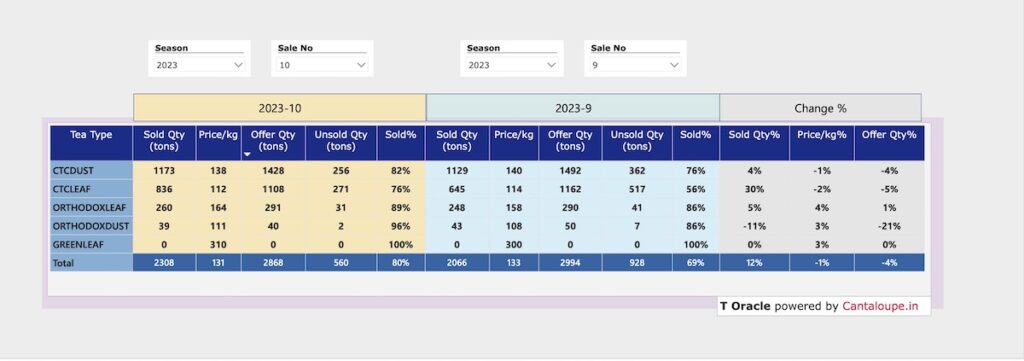China Tasters: Delicate, Balanced, Aromatic Teas

Spring harvest tea quality is stable in China. Tasters say that aroma and delicateness are more balanced, and the freshness of the tea has improved. Overall, the quality is better than in previous years, but quantities are reduced, and prices have increased.
In March, China swept away the haze of the previous epidemic as events and business exchanges were active, and the trade of fresh tea leaves and crude tea was booming. Green tea prices continued an upward trend in February, rising by 5-15% compared to last year. Crude tea prices rose by 10%-30% year-on-year. In Guizhou, the price of fresh tea leaves and crude tea increased by 5-10% compared with last year; in Jiangsu province, the price increased by 15-30%; in Zhejiang province, prices increased by more than 10%. The average price of fresh leaves and finished crude tea, such as Dongting Mountain Biluochun and other famous green teas, has increased by about 40%.
- Domestic prices for Westlake Dragonwell in Hangzhou, Zhejiang, ranged from US$145.90 to $364.76 for 500 grams.
- Biluochun (Spiral Spring Green) in Suzhou, Jiangsu, ranged from a low of $291.80 to $1,235.58 for 500 grams.
- And Huangshan Maofeng harvested in Huangshan, Anhui averaged $87.54 to $233.44 per 500 grams.
Higher prices are attributed to lower yields. The detrimental influence of high temperatures and drought in the summer and autumn of 2022 and a dry spring in early 2023 in the Southwest Tea Region, Jiangbei Tea Region, and South China Tea Region combined to slow early spring growth and germination of tea trees. Tea enterprises and tea gardens in various production areas are actively doing their best to minimize tea loss. Still, spring tea production is expected to decrease by about 20% this year, and output in some severely affected tea areas will likely decrease by more than 50% year-on-year. This is Si Chen reporting from Beijing, China. ???????
Listen to the Report

Overview of Climate Conditions
In March, China’s climate was generally warm and dry. The national average temperature was 6.7°C, which is 1.9°C higher than normal and the third highest since 1961. The average precipitation across China was 26.4 millimeters, 10.3% less than the same period of normal years, released to the China Meteorological Administration.
There are two challenges for this Spring Harvest in China. First, the temperature fluctuates widely. In early and mid-March, the temperature rose steadily; in late March, there was a cold wave, and some tea areas in Henan, Jiangsu, and other regions experienced frost, which affected the yield and quality of tea to a certain extent.
Then, precipitation is “distributed” unevenly. Tea areas along the river systems would benefit from more rain. This year, March ended; some tea areas in Shandong, Henan, Anhui, Sichuan, Guizhou, and most tea growing areas in Yunnan experienced moderate to severe meteorological and local extreme drought. On top of that, Fujian and Northwest Guizhou have experienced severe hailstorms. This affects the timely picking and timely tea processing to a certain extent.

Overview of the Harvest
Since March, the temperature has risen steadily. Spring Harvest started the same or slightly later than in previous years in most areas. The scope of early spring tea harvest (Pre-QingMing) in Zhejiang, Sichuan, Guizhou, Hunan, Chongqing, Guangxi, and other early spring tea areas has been further expanded. Tea gardens in Jiangxi, Jiangsu, Hubei, and Guangdong entered the intensive harvest period in March; The core production areas of other provinces also commenced on a large scale in the middle and late March; tea gardens in Shandong Province, the “northeast” province that grows tea in China, have also entered the preparation period, and it is expected to start picking in mid-April.

Increased Production Costs
On the one hand, Spring Harvest still mainly relies on labor, and labor costs have continued to rise in recent years by an average of 10-20%; in addition, the cost of related agricultural materials has also risen, affected by the international trade situation. The increase in different ranges is 8-10% year-on-year; in addition, the renovation of some tea gardens, the replacement of processing equipment, and the increase in management costs have also made the production costs of most large-scale processing enterprises high this year.

Yield drops significantly
According to the feedback from various production areas: the detrimental influence of high temperatures and drought in the summer and autumn of 2022 and a dry spring in early 2023 in the Southwest Tea Region, Jiangbei Tea Region, and South China Tea Region combined to slow early spring growth and germination of tea trees.
Although tea enterprises and tea gardens in various production areas are actively carrying out their best to minimize tea loss, it is expected that spring tea production will decrease by about 20% this year, and production in some severely affected tea areas is expected to decrease by more than 50% year-on-year.
Quality remains stable
Although the output of spring tea has declined due to unfavorable weather conditions, thanks to the temperature conditions suitable for the growth of tea trees in most tea areas and the proper management and protection measures for tea gardens in various regions last winter, under the guidance of science, various enterprises actively carried out production. Self-rescue, timely irrigation, coupled with the improvement of production and processing technology and industrial standardization, the overall quality of tea this spring has remained stable.

Overview of Spring Tea Domestic Market
In March, the spring tea trade in various places swept away the haze of the previous epidemic. Tea events and business exchanges were active, and the trade of fresh tea leaves and crude tea was booming. The trading price of green tea continued the trend in February, generally rising by 5%-15% compared with the same period last year, and the price of crude tea rose by 10%-30% year-on-year. For example, the price of fresh tea leaves and crude tea in Guizhou increased by 5-10% compared with last year; in Jiangsu, the price has generally increased by 15%-30%; in Zhejiang province, it has increased by more than 10%; The average price of fresh leaves and finished crude tea such as Dongting Mountain Biluochun and other famous green teas has increased by about 40%.
The quality is stable, quantities are reduced, and prices have increased. According to feedback from consumers, the appearance of spring tea this year is ordinary, but the aroma and delicateness are more balanced, especially the freshness of the tea has improved. The overall quality is better than in previous years.
Mid-range tea (150-600 yuan/catty) becomes the main force. Consumers tend to be more rational in the consumption of spring tea; teas perceived as reasonably priced and “friendly to the people” are more popular among consumers.
The calendar date of Guyu (Grain Rain), the solar term after Spring Equinox and QingMing, will be April 20, 2023. Many spring teas are expected to be on the market around Guyu. Spring tea will soon usher in the peak of production and sales. All tea regions organize production in an orderly manner to ensure stable quality, actively expand sales channels, and extend the sales cycle and chain of spring tea.

Post-QingMing Price Drop
We saw a significant price drop post-QingMing. Domestic prices for Westlake Dragonwell in Hangzhou, Zhejiang, ranged from $145.90 to $364.76 for 500 grams, an average $280 drop per catty over two weeks.
Biluochun (Spiral Spring Green) in Suzhou, Jiangsu, ranged from a low of $291.80 to $875.41 for 500 grams, an average $320 drop per catty over two weeks.
And Huangshan Maofeng harvested in Huangshan, Anhui averaged $158.36 to $175.08 per 500 grams, an average $70 drop per catty over two weeks.
Biluochun Ends Spring Harvest
Biluochun kicked off its Spring Harvest on March 12. According to the national standard, the picking standard for Biluochun can only be one bud and two leaves, which dictates availability. The picking period of Biluochun in Dongting Mountain in 2023 will end on April 10th. As of April 11th, Taihu Dongting East and West Mountains in Suzhou, Jiangsu, have fully entered the processing season. Therefore, after this report, the 2023 China Spring Tea Picking Index, published by China Tea Circulation Association, will no longer update Biluochun’s prices.
Taiping Houkui was scheduled to start harvest on April 14th, and we will have its price shown for the first time on the next China Price Watch.
The harvest of Wuyi Wulong has not started.

Click to see the complete China Tea Circulation Association’s April 11th Price Update
April 11th, 2023
| Average Domestic Prices for Finished Tea USD per catty** [500 grams] | Low | High |
|---|---|---|
| Westlake Dragonwell | Hangzhou, Zhejiang | $145.90 | $364.76 |
| Biluochun (Spiral Spring Green) | Suzhou, Jiangsu | 291.80 | 1,235.58 |
| Huangshan Maofeng | Huangshan, Anhui | 58.36 | 175.08 |
| Xinyang Maojian | Xinyang, Henan | 87.54 | 233.44 |
| Lu’an Guapian | Lu’an, Anhui | 43.77 | 116.72 |
| Meitan Cuiya | Zunyi, Guizhou | 72.95 | 102.13 |
| Dafo Dragonwell | Xinchang, Zhejiang | 58.36 | 175.08 |
| Wuyi Rock Tea | Wuyishan, Fujian | N/A | N/A |
| N/A indicates insufficient quantities to establish a reliable price range. |
Tea Price Report
The Tea Biz Price Report tracks average prices at major tea auctions and lists prices for specific types of specialty tea, drawing on many sources, including the China Tea Circulation Association, which provides a benchmark for the ten famous teas from the world’s largest tea exporting country. Listen free to the weekly summaries on the Tea Biz Podcast and select China Price Watch or India Price Watch for a full report analyzing trends with additional data sets and graphs from past years. Si Chen compiles the China Price Watch from March through May in Beijing. Aravinda Anantharaman in Bengaluru compiles the weekly India Price Watch year-round.


